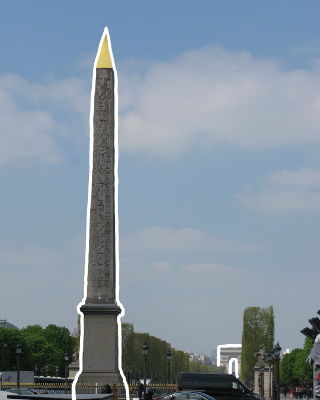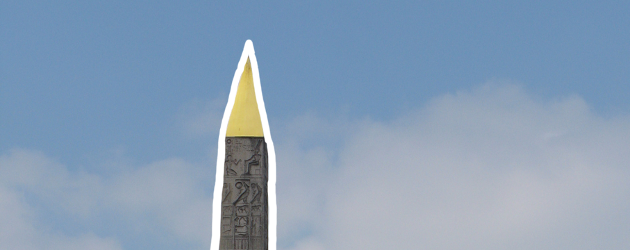If you’ve ever been to a larger museum, chances are you’ve seen some kind of Egyptian artifact in there. Notably, the British Museum in London has 100.000 items from Egypt in its collection, the Ägyptisches Museum in Berlin 80.000, the Louvre in Paris has 77.000, the Boston Museum of Fine Arts 45.000, and the Museo Egizio in Turin, Italy about 32.000 artifacts (according to a list on Wikipedia). The museums are still closed here because we’re in lockdown. Regardless, it gave me pause to read about all the different museums around the world that feature extensive Egyptian artifacts in their collections and the way these artifacts got there (if documented at all). I know there’s a broader discourse on this issue that is impossible to adequately summarize in an blog post. It’s been an important learning opportunity for me.
I also finally took the time to read up on the monument pictured here. I’ve always wondered why there’s an Egyptian obelisk in the middle of Place de la Concorde in Paris. Well, it’s one of the two Luxor Obelisks, originally guarding the entry of the Luxor Temple. The right-hand obelisk is still in Luxor (Egypt), while the left-hand one is now in Paris (France). The 3,000-year-old obelisk was traded for a mechanical clock and shipped to Paris in the 1830s. Upon arrival in Egypt, the mechanical clock was discovered to be faulty, having probably been damaged during transport. The clock still exists in a clock-tower at Cairo Citadel and is still not working.




